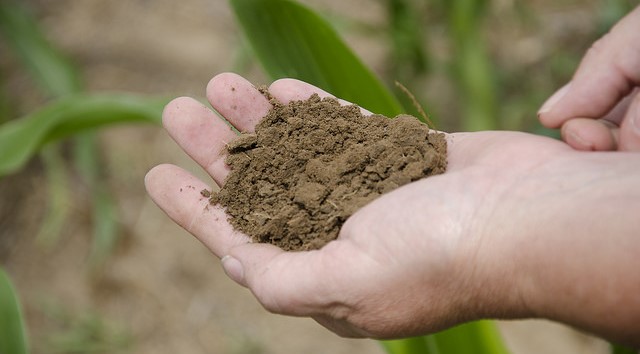AgResearch’s Soil Armour research is providing farmers with an evidence-based alternative to wintering cows on crops.
A team of AgResearch scientists, led by soil scientist Dr Ross Monaghan, is investigating whether a pasture-based alternative, supplemented with hay or baleage, will reduce nitrate leaching and paddock pugging (mud).
Both are harmful to soil health, water catchments and an animal’s welfare. Funded by the Sustainable Land Management and Climate Change Fund, the research programme is taking place on dairy farms in Otago and Southland.
While the goals of the project are multi-faceted, one of the primary aims is to determine whether dairy cattle can be grazed on winter pastures without them being churned into mud.
It will also explore whether bale litter – hay that animals use for bedding and insulation in colder winter months to help maintain their body temperature and energy, that would otherwise be wasted on keeping warm – helps the overall health of both the soil and an animal in New Zealand farming conditions.
The practice is already popular among advocates of regenerative farming in the United States. Experimental sites are already live on dairy farms near Balclutha (Otago) and near Wendonside (northern Southland). Dr Monaghan said the experiment was the first of its kind in New Zealand.
He said alternatives to a crop-based wintering systems could help farms comply with new winter cropping regulations that are due to come into effect. Although the project needs three winters to account for climate variabilities, the initial results look encouraging, with Soil Armour management practices resulting in less mud in trial plots and cleaner and happier grazing cows.
The research will analyse and account for pasture-based wintering systems needing more land to be effective (a major concern for some farmers). In winter, a cow will often eat about 10sqm of a crop such as swedes or kale per day. The equivalent daily area requirement for some pasture-based approaches is about 50% greater than this.
Although more land is needed in a pasture wintering system, Dr Monaghan is investigating what gains might be made by managing land and pastures in a set rotation. Research has already revealed winter forage crops leak four to five times more nitrogen per hectare than pasture. Dr Monaghan said the Soil Armour research would try and strike a balance between farming sustainably and maintaining business viability.
Source: AgResearch












